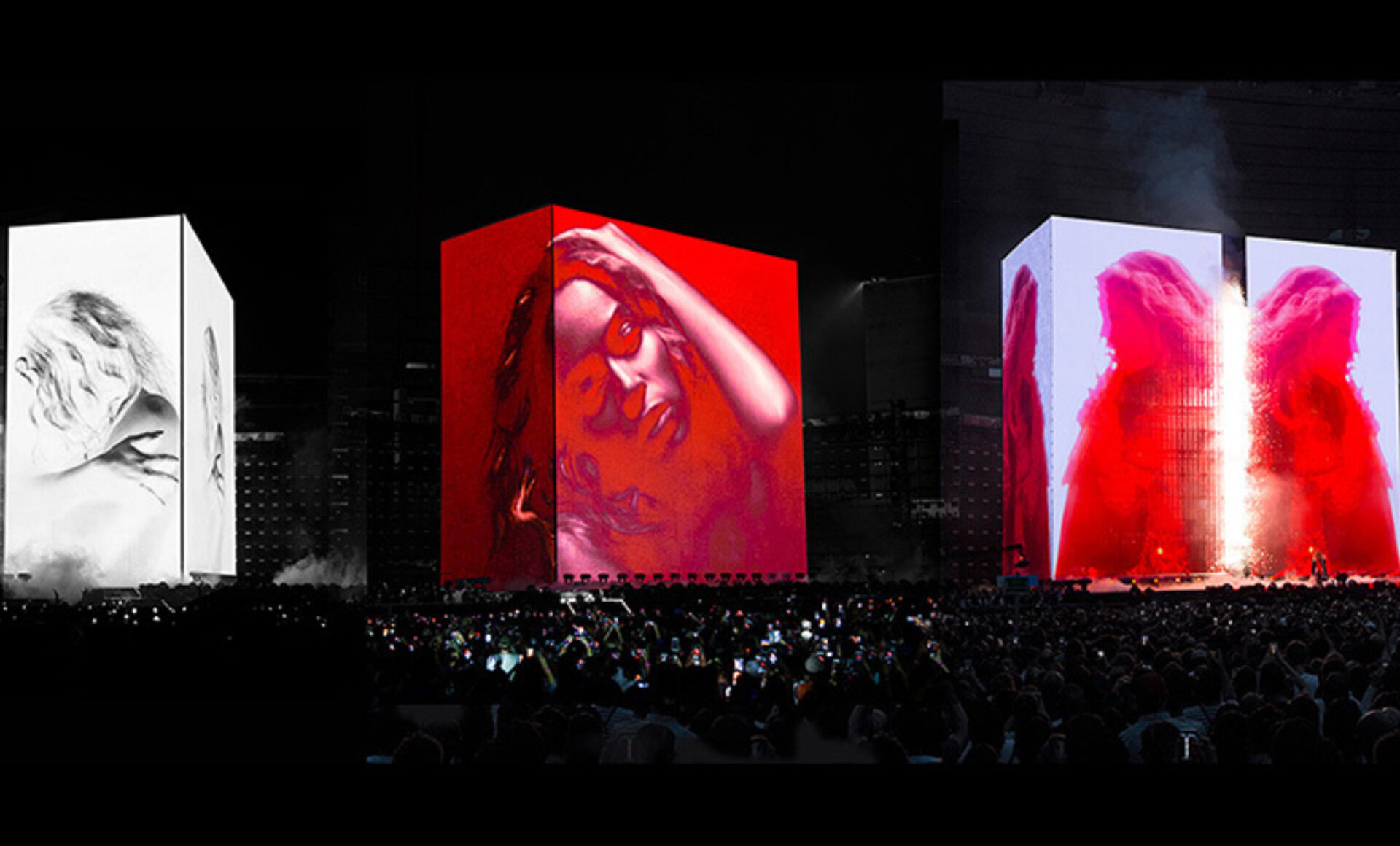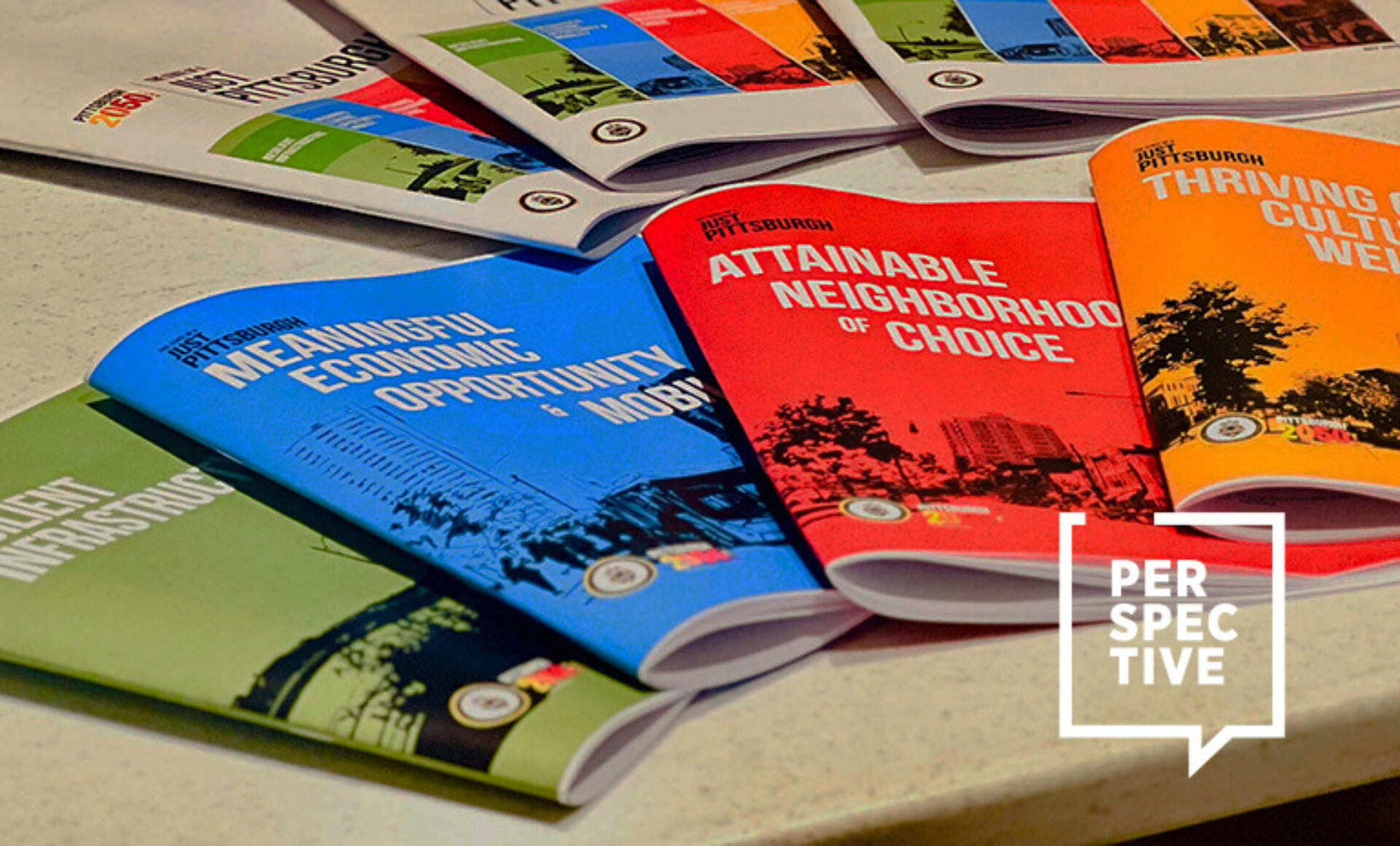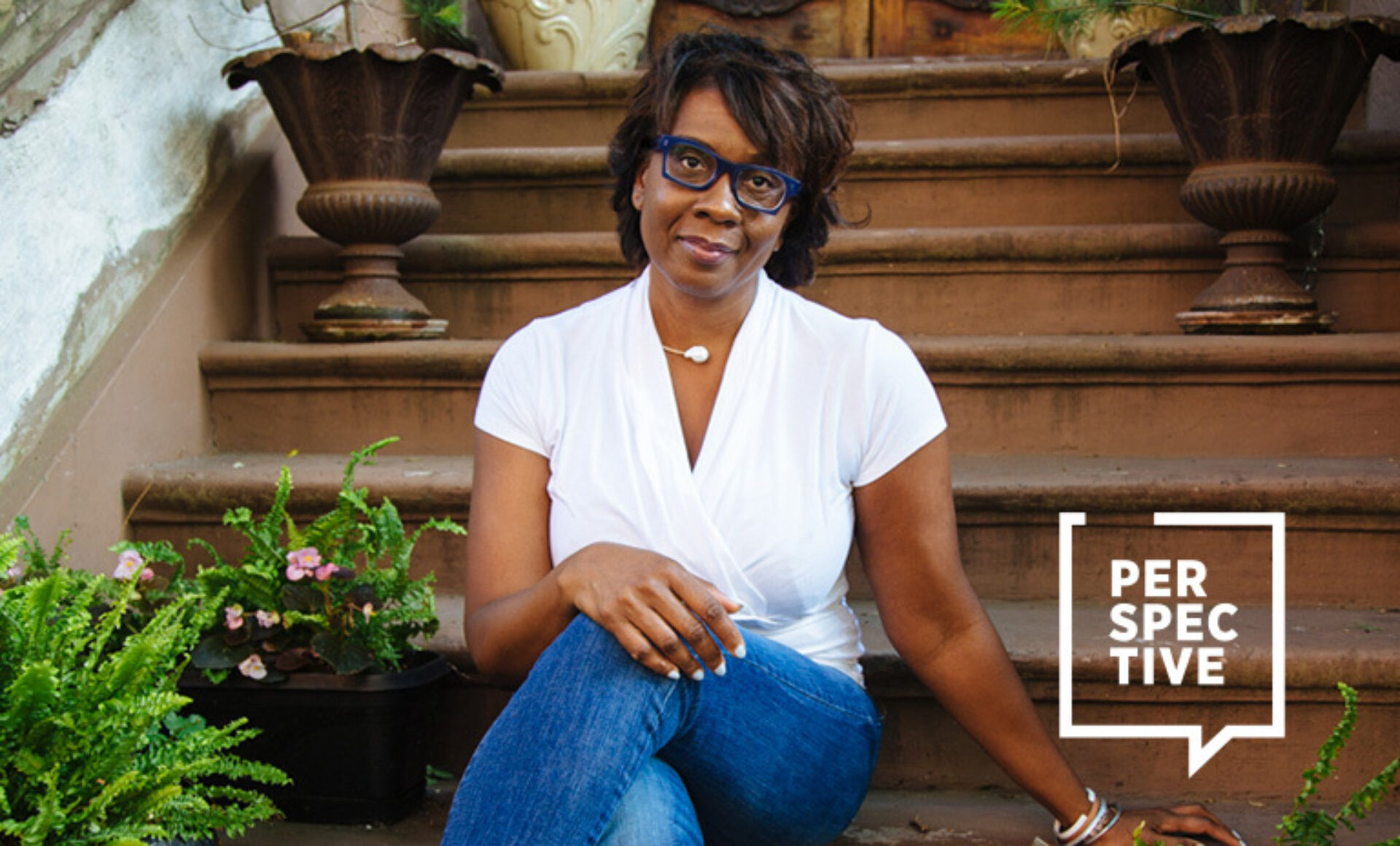Futureproofing sounds good in theory—but even the most forward-looking of thinkers could not have seen this one coming. Almost a year into COVID-19 crisis, designers have had to completely rethink not only the very nature of interior space, but also how they engage with clients and collaborate with teams. And many of them are doing it while working largely in isolation.
Designers around the globe weigh in about how they’re adapting and what new approaches might be worth keeping in a post-pandemic world:
On the community’s response to COVID-19:
“The pandemic has presented many challenges for everyone. However, I think no one is more equipped to solve the complex disruptive problems of the workplace more than strategic thinkers, like designers.” —Brad Burrows, North America strategy manager and senior workplace strategist, Haworth, Dallas
On the human element:
“Coexistence, the exchange of ideas—everything that happened in the office and enriched our work and our lives is gone. There have been great surprises, with clients and projects that soon adapted and migrated to this new way of working. In other cases, it has been more complicated, and communication has been largely lost.” —Leticia Serrano, designer and architect, cm2, Mexico City

Image courtesy of Concrete
On the loss of serendipitous innovation:
“The unknown and the unexpected surprises that inspire when you are traveling are crucial for our creative craft. We do meet each other in smaller groups for creative design sessions when we can, because it’s still hard to create magic between people when you’re not in the same space.” —Rob Wageman, founder of Concrete, Amsterdam
On efficiency gains:
“Our meetings have become more productive as time is of the essence. We realized how much time was wasted in most of the meetings before the pandemic.” —Salman Jawed, managing partner and principal architect of Coalesce Design Studio, Karachi, Pakistan

Image courtesy of Concrete
On the business landscape:
“While other Asian and U.S. projects were canceled or postponed, the projects in Taiwan are still going very strong. Because of the successful containment here, we were faced with a new type of clientele who are trapped here but are free to go about the island to restaurants, vacations, bars, parties, etc.” —Johnny Chiu, founder of JC Architecture, Taipei, Taiwan
On remote learning:
“I believe the pandemic has accelerated the public’s adaptation of online educational tools by at least 10 years, including design education. While these technology tools were available before the pandemic, we were intimidated by the hurdles to adopt them. I was doubtful about teaching online. I believed it would not be as effective as teaching in person, especially design studio courses. [Yet] I began to see higher quality outcomes from my students’ projects.” —Kijeong Jeon, professor of interior architecture at California State University, Chico, California
All images courtesy of Concrete







